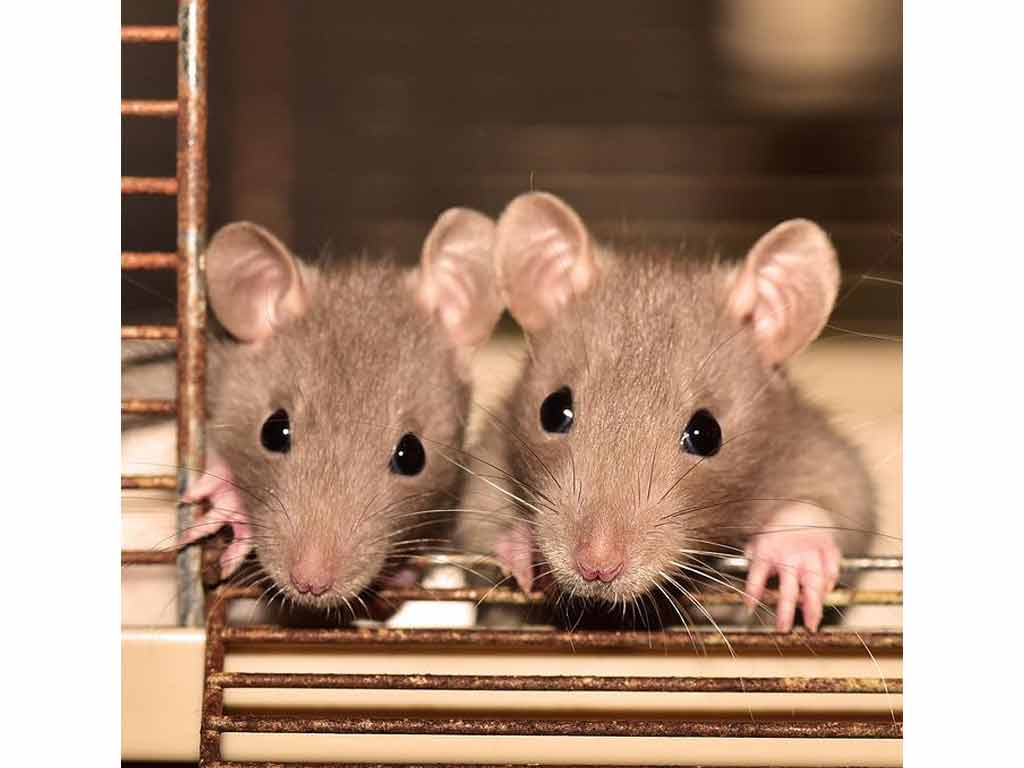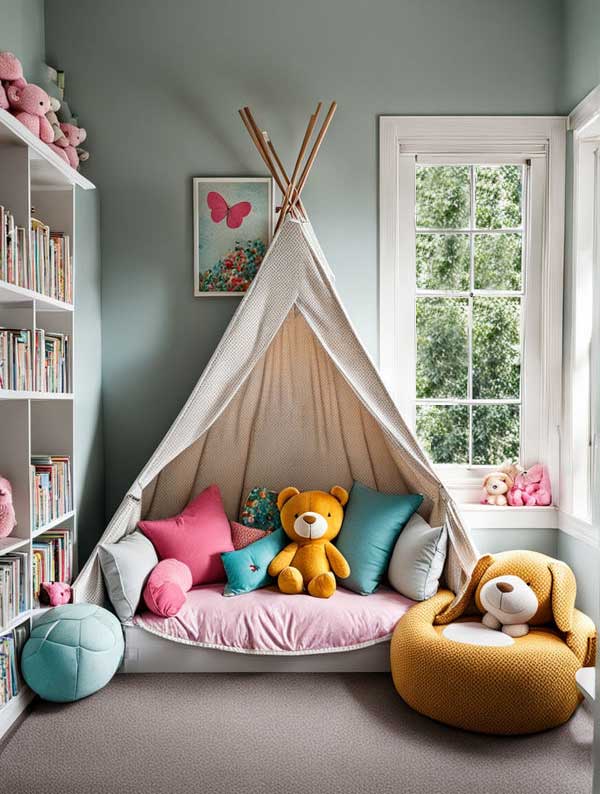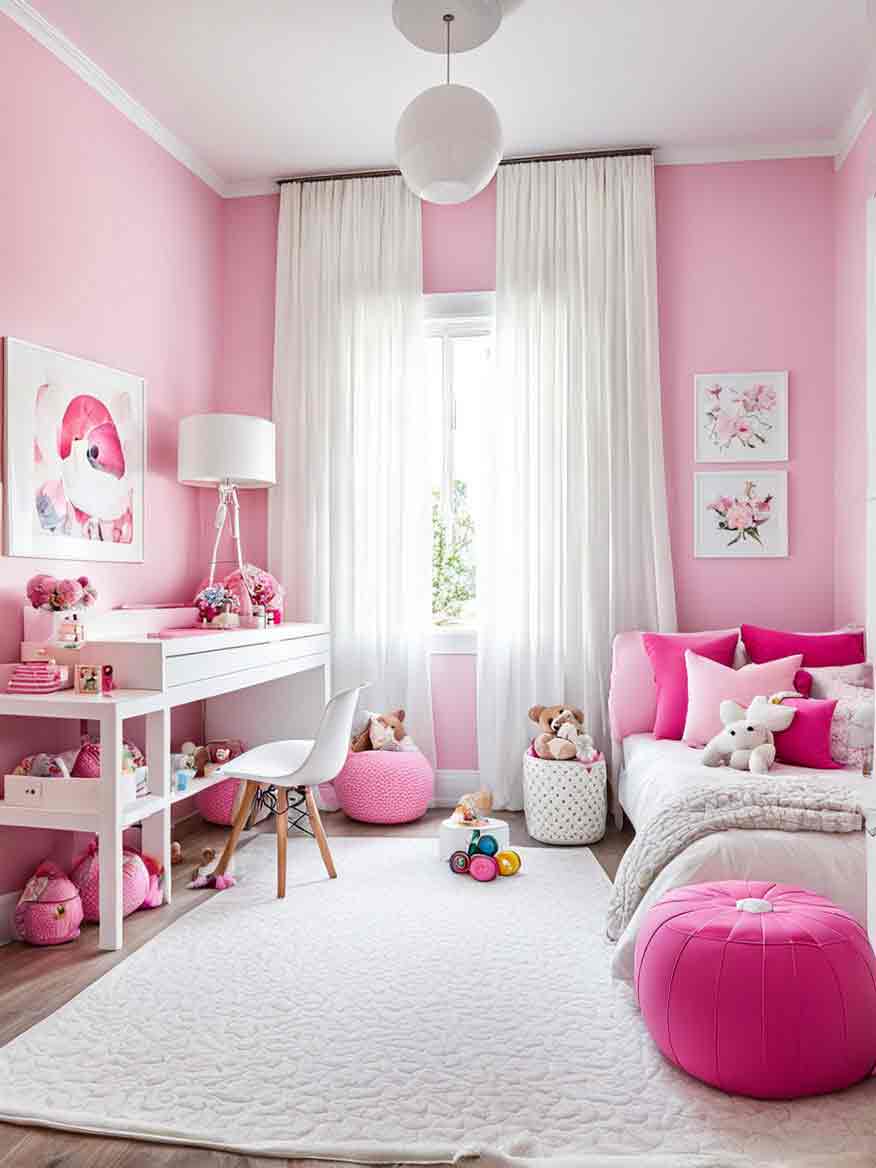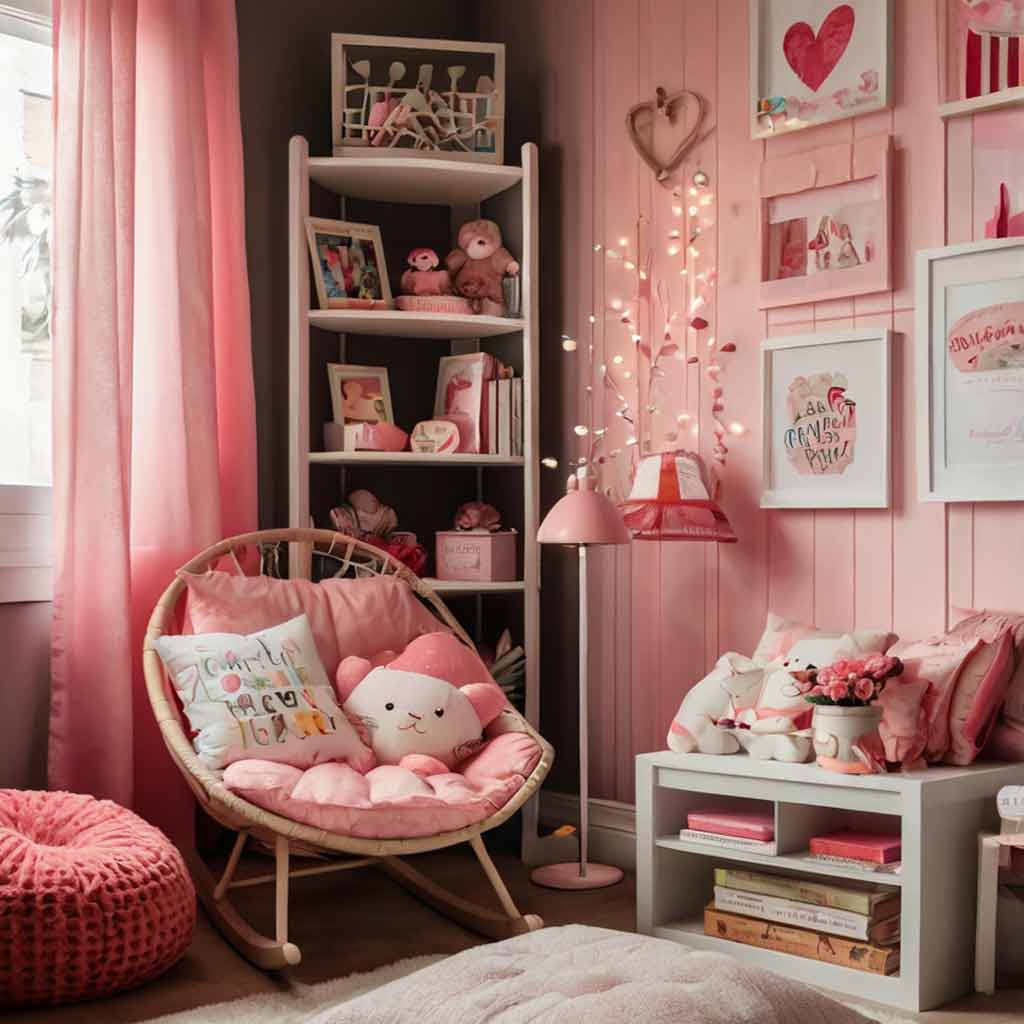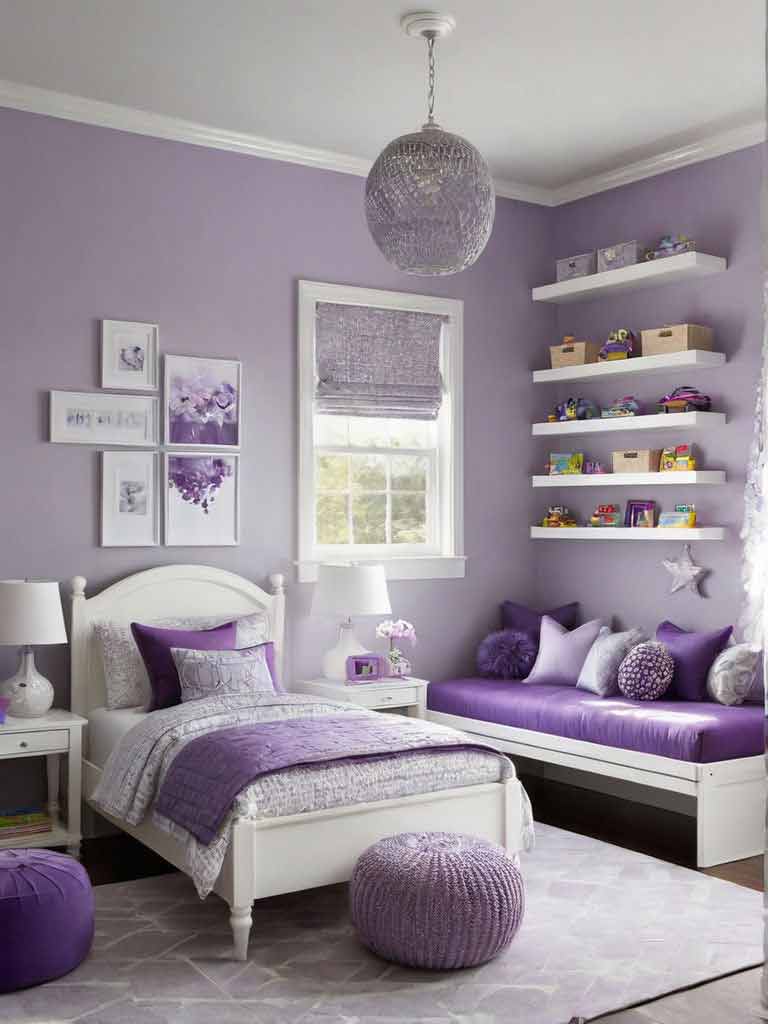This post may contain affiliate links which means we might earn a small commission if you decide to make a purchase through them (at no extra cost to you). Need more info? Click Here
Pet rats are very sociable animals that are endearing to most people. In our last article, we looked at some frequently asked questions that people have when it comes to having rats as pets. We hope that this article helped you decide if pet rats are a good fit for your family.
If you’ve decided to go ahead and adopt pet rats, you might be wondering what you’ll need to properly care for them so that they are happy and healthy. Our guide will hopefully answer all of your questions especially if you are a beginner. It will also list the essentials you will need for your pet rats as well as give you tips on how to care for your pet rats as well as how to help them settle with your family quickly.
Before Bringing Your Pet Rat Home – The Supplies You Will Need
Rat Cage
Choosing the perfect rat cage is probably one of the most important decisions you will make. Your pet rats will spend a lot of time in their cage so choosing something that will keep them happy and comfortable is super important. Pet rats are very active and they need lots of space to move around so a big, multi-level rat cage that is very well ventilated is ideal.
Don’t use hamster or mice cages because they are way too small for your rats. Glass or plastic tanks and tubs are also not good because they aren’t well ventilated so the ammonia fumes from pee and poop can accumulate which can cause your rats to become sick.
The Perfect Rat Cage
- You will need a big multi-level rat cage with narrowly spaced bars. Rats love climbing so the bars of the cage are a great way for them to also get exercise, win-win!
- The best rat cages have plastic or wooden bottoms that are quite deep. Rats love digging and scratching so if the base isn’t deep all the digging will result in bedding on your floor!
- Choose a powder-coated rat cage with narrow bars so that your rat won’t be able to escape.
- The rat cage will need a few levels so that your pet rats will be able to climb and explore.
- Make sure the rat cage has big doors so that it is easier for you to clean.
- A detachable base will also make your rat’s cage a lot easier to clean.
- Each rat you have will need at least two cubic feet of space. The more rats you have the bigger your cage will need to be!
The Perfect Position For Your Rat Cage
Not all spots are created equal and choosing the best position for your rat cage is very important. Choose a position that is:
- Out of direct sunlight – Rats are nocturnal so they usually do a lot of sleeping during the day. They are also very sensitive to the light and it can hurt their eyes – especially if they are red-eyed rats. You also don’t want them to overheat or get dehydrated in the sun.
- Quiet – Rats have excellent hearing and can easily hear high-pitched sounds that we can’t hear. Loud noises can be very stressful for your pet rats, especially if they are sudden and unexpected.
- A well-ventilated spot – Pet rats can get sick if they aren’t in an airy spot that is well ventilated. Also, avoid areas that are very humid or too dry.
Rats should never share a home with other rodents such as mice or hamsters as they could attack and kill them. Rats should only live with rats.
Bedding
There are three types of bedding that you will need for your rat’s cage.
Litter box
A litter box is really important especially if you want to teach your rats to pee and poop in one spot. By having a separate litter box it will make cleaning your rat cage a lot easier. Unscented cat litter is a really good option. Try to avoid any litters that have their own scents or perfumes.
Make sure that you keep your rat’s litter box away from their food, water and the place where they sleep.
Nesting Materials
There are lots of different options for rat nesting materials. Here are a couple of ideas:
- Toilet paper
- Paper kitchen towels
- Shredded paper
- Fabrics such as old sheets, t-shirts or socks
- Hay
Avoid any nesting materials or fabrics that can separate into strands because the rats can get tangled or eat them which could be very dangerous.
Material for the cage floor
You are going to want to line your rat’s cage floor with something – a floor lining will help to absorb or catch any urine or feces and will keep your cage cleaner and less smelly for longer. Also, rats love to dig so giving them something that they can scratch and dig in is ideal.
You can line your cage floor with newspaper to begin with and then place something more exciting on top. Don’t expect your newspaper to stay in one piece though!
When choosing something for the floor of your rat cage try to avoid:
- Anything that creates dust. Because rats have sensitive respiratory systems the dust could make them sick. Rather try to choose coarser bedding instead.
- Cedar or pine shavings – These shavings contain oils that can irritate your rat’s skin and respiratory system which will also make them sick.
- Clay-based litters – These litters are very dangerous to rats if they are eaten.
- Anything with a strong scent or perfume – Again, because rats have very system respiratory systems anything that is scented could really irritate their noses and lungs which could cause problems.
The best beddings for pet rats are paper-based or wood-based (aspen shavings). Things that you could use include:
- Shredded paper – one of the easiest options around 😊
- Shredded tissue paper towels
- Shredded cardboard
- Shredded hemp
- Coconut fiber/coconut husk bedding – usually found in the reptile section of pet stores
Other commercial paper-based beddings include:
- Cellsorb
- Alpha Dri
- Yesterday’s News
- Carefresh
Food
If you would like to use food bowls for your rats then stainless steel or ceramic food bowls are ideal. You can also use a food dispenser if you would like to. However, rats love to forage so a lot of people scatter or hide food around their rat’s cages so that the rats can find it. Obviously doing this will depend on the type of food you are feeding your rats.
Keep an eye on how much food and water your rats are eating and drinking. Any changes to how much they eat and drink could point to your rats being sick.
Best Foods For Your Pet Rats
Rats are omnivores so they need a diet that combines fresh vegetables, fruits and meats. Here is a list to get you started:
- Commercial pelleted pet rat food – These pellets are made specifically for pet rats and contain exactly the right amounts of vitamins and minerals that your rats need. Usually, the pellets contain a combination of barley, oats, seeds and dried fruits such as apples.
- Fresh fruits – Apples, bananas, berries, melons, pears, grapes.
- Fresh vegetables – Cabbage, broccoli, peas, carrots, parsley, kale, celery
If fresh foods aren’t eaten on the same day then they should be removed and replaced with fresh food.
Healthy Salad For Pet Rats
Pet Rat Treats
Any rat treats should be given to your pet rats in small amounts. Good pet rat treats include:
- Plain brown rice
- Whole wheat breads
- Cereals
- Seeds
- Biscuits
- Cooked pasta
- Unsweetened breakfast cereals
- Mealworms
- Hard-boiled eggs
- Cooked meats
Introduce new foods gradually so that your rat’s tummies don’t become upset.
Foods That Are Bad For Pet Rats
Not everything is good for rats. These are some of the common foods you should avoid feeding them:
- Chocolate
- Caffeine
- Carbonated drinks
- Raw peanuts
- Dry beans
- Sweet potatoes
- Artichokes
- Red cabbage
- Brussel sprouts
- Alcohol
- High-sugar treats
- High-fat treats
- Avocado – The avocado skin and pit are toxic
- Citrus juices – The skins of citrus fruits are very dangerous for rats so it is best to avoid citrus juices as these dangerous compounds could be transferred to the juice when squeezed.
- Mango
- Blue cheese
How much food does a rat need?
Most rats usually eat about 15g of dried food in a day. If you are adding fresh food to their diets then obviously this would be less. However, keep in mind that all rats are different so you will need to monitor them to make sure they aren’t getting too much or too little.
Keep an eye on your rat’s weight as any sudden weight changes could point to an illness. If you notice any changes, it is best to contact your vet for advice.
Water
A water bottle is definitely the best option for your rats. Water bowls tend to become icky and dirty quickly whereas, with a water bottle, the water is always clean and fresh. However, even with a water bottle, you must make sure that you give your rats fresh water every day.
Some rats love playing in water you can also give them a shallow dish of water to play, cool off and wash in.
Accessories
Hammocks and Rat Houses
Along with food and water, your rats will need a place to hide and sleep. You could either get a rat hammock or some type of box or rat house where they can hide. Rats seem to love hammocks and hanging beds and they can be easily made with old fabric or tea towels. Of course, there is also a great selection of hammocks that you can buy if you would like to! If you like the idea of a rat house, then you can use an upside-down cardboard box with a door cut into the side for your rats. They love these types of hideouts where they can sleep and hide!
Rat Toys
Rats love to play so you will also need a few toys to keep them happy and occupied especially when you aren’t around. And because your rats will more than likely spend a lot of time in their cages it is up to you to make sure that they don’t get bored and frustrated. Here are some ideas to get you started:
- Ropes
- Ladders
- Big branches/log bridges
- Wooden ledges
- Feathers
- Ping pong balls
- Shells
- Commercial rat toys
- Toilet rolls
- Cardboard boxes
- PVC pipes
- Safe dog and children’s toys
- Exercise wheel
When choosing a rat exercise wheel, make sure you get one that will be big enough for your rats – 11 inches in diameter is usually a good size for most rats.
Other accessories
There are a couple of other things you could buy for your rat. These include:
- Chew toys – Rat’s teeth continue growing throughout their lives so they need to gnaw to keep them short. Things like untreated wooden blocks, branches or even nuts in their shells are good options. Of course, you can also buy commercial chew toys and treats.
- Salt or mineral licks – Salt licks provide rats with minerals so they are always good to have.
- A pet carrier – In case you want to safely transport your rats.
- A playpen – In case you would like your rats to play safely outside or in another area of your home that would otherwise be unsafe.
- A harness and leash – Who said that dogs are the only pets that love going for walks!
Rat’s teeth continue to grow throughout their lifetimes so they need to gnaw and chew to keep the teeth short. It is therefore very important that you give them chew toys or untreated wooden blocks or chew sticks. When they are outside their rat cage you will need to make sure they can’t get to any cables or wires as these are very tempting to chew on!
Cleaning Your Rat’s Cage
Keeping your rats cage and all its accessories clean is incredibly important. If rats are left to live in an unhygienic cage they will become sick and even possibly die. Many illnesses and diseases can be avoided simply by keeping your rat’s cage nice and clean.
While you should clean their cage at least once a week, things like their food bowls and water dishes should be cleaned on a daily basis. If you have trained your rat to use a litter box then you should also clean this out each day.
You can use a mild dish soap combined with hot water to wash your rat cage (you can also use a 3% bleach solution). Diluted vinegar is also a great option. Remember to also wash your rat’s toys and accessories as well. Accessories like material hammocks and beddings can be popped into the washing machine to wash.
Bringing Your Rats Home
It’s so exciting to bring a new little fuzzy family member home! But remember, although it is exciting for you, it is very scary for them so you should do everything possible to make the change as smooth and stress-free as possible.
If you have kids, they will most likely be very excited about bringing their rats home and it might be very tempting to touch, hold and handle the rats immediately. However, it is very important that you allow the rats to take the lead in the initial interactions. This will help them to become comfortable in their new homes.
Pet rats that are bought from rat breeders sometimes tend to settle a lot easier compared to rats bought from pet shops. This is because rats bought from breeders are usually more used to being handled than the rats you can buy at pet shops.
Tips To Help Your Pet Rats Settle Quickly In Their New Home
- Before going to fetch your rats, make sure that you have their cage set up and ready for them. You will need a box or some type of carrier to fetch your rats in. Ideally, it would be good if this box or carrier could fit inside the cage.
- When you are ready to collect your rats, take the box or carrier with you and ask the person you are buying your rats from whether you can take some of their bedding or litter with you so that the rats have a familiar scent around them.
- Make sure you keep your rats in their box or carrier on the ride home so that they can’t escape if they become scared or frightened.
- When you get home, place the box or carrier inside the rat’s cage without forcing the rats to come out. Sometimes the rats may decide to stay in their carrier and box for what feels like ages but they will eventually come out to explore so don’t stress. Try to keep the room that the rats are in quiet and dimly lit.
- Once the rats come out of their carrier they will explore their new home and you should visit and talk to them often throughout the day. Don’t try to force interactions such as holding and petting on to them until they are ready.
- Routine is another great way to help your rats settle quickly. Try to create a routine where you stick to specific times for specific activities. For example, feed them and clean their litter out at the same time every day. Schedule times when you will play with them and give them time outside their cage. . By creating a consistent routine initially they will know what to expect every day which makes things a lot less stressful for them.
- When your rats are more settled they will begin self-grooming, exploring, playing, eating and drinking. These are all excellent signs that your pet rats are getting comfortable in their new home.
- When you see these signs you can open the cage and offer your rats a treat by hand. Remember to talk calmly to your rats all the time. They will quickly learn to recognize your voice.
- When your rats are eating happily from your hand you can gently start petting them. Most rats love getting tickles, especially behind their ears and they will soon become comfortable with your interactions.
- Remember to give your rats rewards when they do simple things like coming to you when you call them.
- Once they are comfortable with your visits and they are eating well then you can open the cage and let them explore the area outside their cage. Make sure that the room you choose is safe with no place to escape.
From here, the sky is the limit! Just like dogs, rats can be trained to fetch, roll over, jump etc. Here is a quick video showing you just how smart rats can be!
Epic Rat Tricks
Important Note
It is important to remember that rats will sometimes bite or scratch if they feel threatened or are hurt so young children especially will need to be taught how to interact with your rats calmly and carefully.
- Don’t use sudden or quick movements when approaching your pet rats.
- Don’t ever pull or pick them up by their tails.
- Don’t try to disturb or pick up your rats when they are inside their nesting area.
- Always make sure that your rats are awake before trying to pick them up.
Just like people, rats have their own personalities so it may take some rats longer than others to get settled.
Playing With Your Rats
It is very important that your rats are allowed out of their cage for at least one hour a day. This outside time is important for bonding and play as well as mental and physical exercise. Studies have shown that rats bond with their humans so by spending time with them they are generally happier and healthier.
Here are a couple of ideas to get you started:
- Hide your rat’s food so they need to work to find it.
- Make a snuffle mat to hide treats in. You can use our DIY dog snuffle mat tutorial if you would like to try to make one yourself.
- Create tunnels and mazes with boxes, toilet rolls or PVC pipes.
- Set up an obstacle course for your rat to run through.
- Give your rats lots of safe toys they can chew on eg. Toilet rolls, untreated wood and cardboard.
- Train your rat to do tricks. Rats are very smart and just like dogs, they can be trained to do lots of different types of tricks!
- If you can, create a big enclosure outside in your garden so that your rats can run around freely and play.
- Place pieces of veggies in a shallow water dish or tray and let your rats fish for their treats. Don’t use too much water though! You only need about an inch of water.
- Bury treats or favorite toys in a digging box so that your rats need to scratch and dig to find them. You can use a box filled with sterile soil for this.
- Teach your rats to recognize their names and then play hide and seek.
Grooming
Despite what many people think, rats are actually incredibly clean animals. They spend lots and lots of time grooming themselves. And, as long as their litter box and litter are changed or cleaned regularly they won’t smell. Because they are so good at grooming themselves there is no need for you to specifically bath or wash them. You will however sometimes need to trim their nails. You should speak to your vet about how to do this safely.
Keeping Your Pet Rat Safe
Our houses are filled with all sorts of unsafe things! And because pet rats are naturally curious and they love to explore it is important to keep any type of dangerous items out of reach. These include:
- Human medications
- Insecticides, rodenticides and other poisons
- Household chemicals and cleaners
- Paints and other toxic DIY products and chemicals
- Plants such as chrysanthemums and geraniums are dangerous for rats. You can find a complete list of plants that are toxic to rats at The Rat Fan Club.
- Cables and cords
- Unsafe spots such as behind washers, refrigerators, stoves, etc.
It is also important to use non-toxic cleaners when you clean your rat’s cage.
Keeping Your Pet Rat Healthy
Rats are notorious for hiding any illnesses they have so it is important that you get to know them well so that you will quickly notice any unusual behavior that could point to a health concern. These are things to look out for:
- Unusual weight loss or weight gain
- Teeth that become long and overgrown
- Loss of appetite
- Diarrhea
- Difficulty breathing
- Sneezing/wheezing
- Any discharge from the nose, eyes or mouth
- Skin irritations and lesions such as scabs, itching, swelling or hair loss
- Difficulty eating or drinking
- Any type of lameness or unusual body movements such as limping, or weakness
- Lack of energy, lethargy, sleeping more than usual
- Any swelling, inflammation or sores on the tail
- Bleeding
- Signs of pain when moving or interacting with you
It is very important that you contact a vet immediately if you notice any of these signs and symptoms.
Conclusion
Pet rats are one of the most interesting pets you can choose for your family—they’re fun, interactive, low-maintenance, great for people who suffer from allergies, and adorably cute! And just like dogs they can be taught all sorts of tricks! Getting your home and family ready for having rats as pets is an important step when getting pet rats for the first time. If you would like a few other ideas on good first pets for kids, check out our article that lists 11 other wonderful first pets for your kids. We hope you enjoyed this article about what items and accessories you need for your pet rats as well as how to easily get them settled in their new home.

